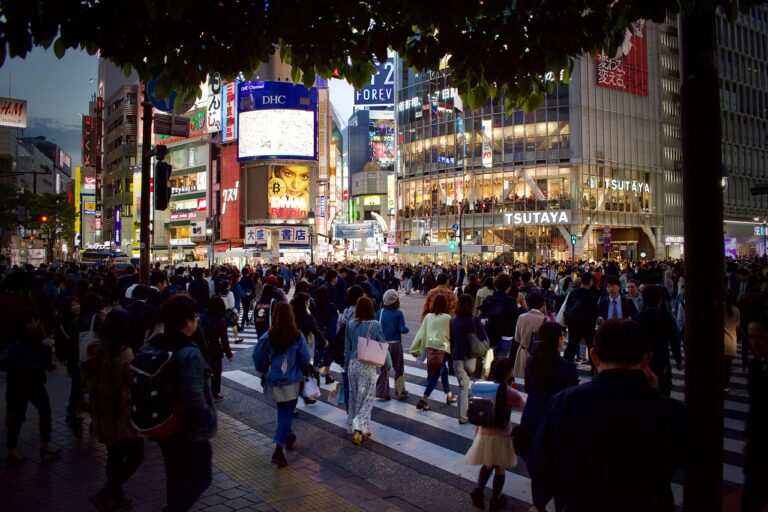Has our climate always been like this before? No, it has undergone multiple climatic changes to shape what it is today. Multiple reasons are always playing a role in bringing changes in the climate.
Considering the prehistoric period and comparing it with now, ocean currents shift, volcanic eruption, and solar variation were some of the mightiest reasons behind these shifts.
But does this shift end after the rise of the modern age? Again a big No! Scientific studies and readings repeatedly warn about these fluctuations and climatic imbalances. But is climate change caused by humans this time? And can humans really make such a big difference? Let’s figure it out.
Table of Contents
Climate change: is this really the handiwork of humans?
It is impossible that humans are the only reason for climate change. Many natural factors also participated, but humans have a bigger share of contributions. According to the report of NASA, such a high warming rate on the Earth was never seen before in past 10,000 years. It is a serious matter of concern, as the warming of Earth is 10 times faster than the normal rate. Let’s understand in detail how human can influence climate change:
- Greenhouse gases
The very famous reason is greenhouse gases. But they are already present in the environment, even a million years before the beginning of the human race. Then what is the issue? The issue is the amount.
The rise of human activities, particularly the industrial revolution, boosted greenhouse gases. These greenhouse gases cause a greenhouse effect. Gases like CO2, Methane, and Nitrous oxide are responsible for trapping the sun’s heat. This heat cannot escape the Earth’s surface and leads to climatic changes.
According to reports, the quantity of these greenhouse gases has increased several times due to the industrial revolution. And the amount is increasing over time.
- Boost in emission
Human activities also manipulate atmospheric gases and their emission. Modern civilization promoted deforestation and the industrial revolution is also equally responsible for it. Cutting down trees will automatically increase the carbon dioxide quantity in the atmosphere and ultimately lead to a rise in global temperature.
The expansion of human civilization also promoted the use of fertilizers that emitted nitrous oxide. The cattle growing practice also spiked up methane production.
Direct adverse effect of climate changes on Earth
Human activities bring an imbalance in atmospheric air quality, which is powerful enough to change the climate and delay the effectiveness of seasons. Everything is so connected that these atmospheric changes affect the environment and affect our lifestyle. Let’s see how.
- Delayed rainfall
The delay of rainfall is not a huge issue only for farmers and also affects the general public. A delay in rainfall will affect the crop growing and harvesting process. This can seriously paralyze the food cycle. The reductions in human-generated aerosols and increasing greenhouse gases ultimately lead to delays in seasonal rainfall. It has a worse effect over tropical land regions.
The aerosol concentration in the atmosphere is declining over time. This is an alarming situation as it will delay monsoons and cause adverse global warming.
- Effect on food and water
The climatic situation defines both food and water. Water is directly connected with food. The climatic imbalance increases the flood and drought cases. The situation of drought has become very common.
The fluctuations of flood and drought situations make it very difficult for the farmers to face it. This is not ending here, extreme climatic changes bring severe health issues, and heart attacks, exhaustion, and heat stroke become common.
The global warming situation is also melting the glacier, which is the biggest source of frozen fresh water.
- Deadly effects on the environment
The due rise in temperature and climatic changes in the reproductive pattern has highly impacted any animal and plant. The monarch butterfly entirely depends upon the environment to complete its reproductive cycle. Similarly, green sea turtles depend highly on the temperature for their reproduction. There are countless varieties of species that are dependent on the environment even to regulate their daily life.
Climate change: possible solutions to tackle it
We have crossed the alarming line and turned it into a deadly condition to survive. Still, not everything is ended, and we can take the initiatives to normalize the effectiveness. The best solution to all these situations is to stop doing that. There must be strict rules for all the practices and must have regulations. Let’s see how we can contribute.
- Control industrialisation
We must check the way industrial emissions work. There must be strict rules and limitations to control their activities. They must produce as much greenery as they are wiping out. The technological revolution should help the industry to produce less water or air waste.
- Afforestation
This is one of the most impactful ways to replenish the damage. Planting trees on a large scale is the fastest way to reduce the amount of carbon dioxide in the atmosphere, which can work like a medicinal dose for global warming. Afforestation will repair the environmental damage and control the air quality.
- Renewable and sustainable approach
The population should shift to renewable resources in all sectors. The approach should be sustainable towards all the resources. Resources are very limited on Earth compared to the increasing population; in such cases, a sustainable approach is the only way left.
The only way out for humanity is to tackle climate change
Yes, we are the ones responsible for these changes in the climate and environment. We need to come forward to keep the human race alive on this Earth for longer and to keep the environment alive.
All these harsh situations also have solutions, and we need to adopt them as soon as possible. This is the only way out.
Read also: Fridays for Future, what Greta Thunberg’s movement achieved












